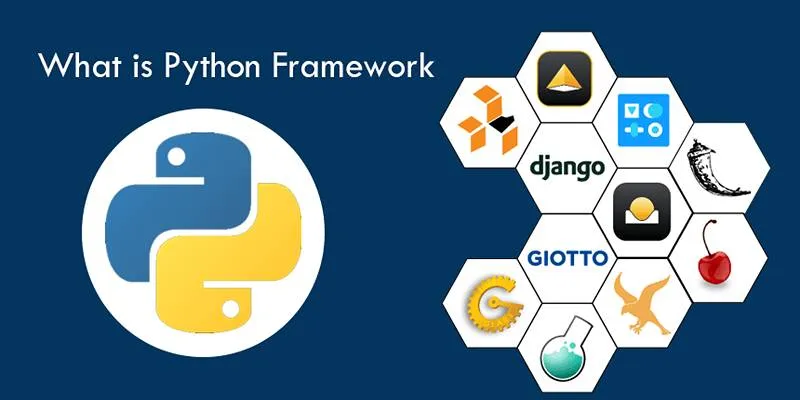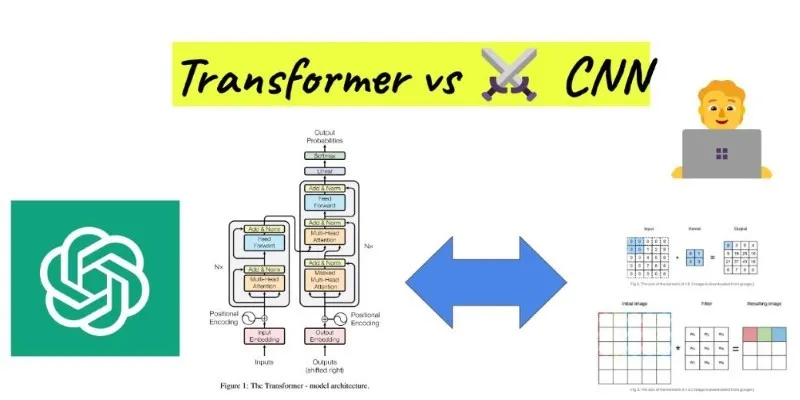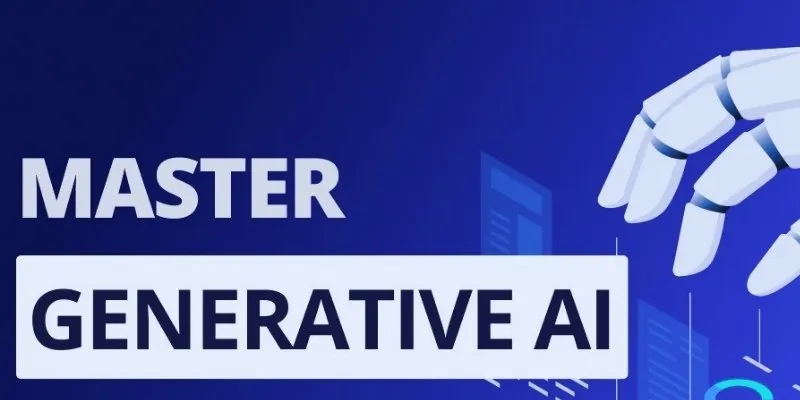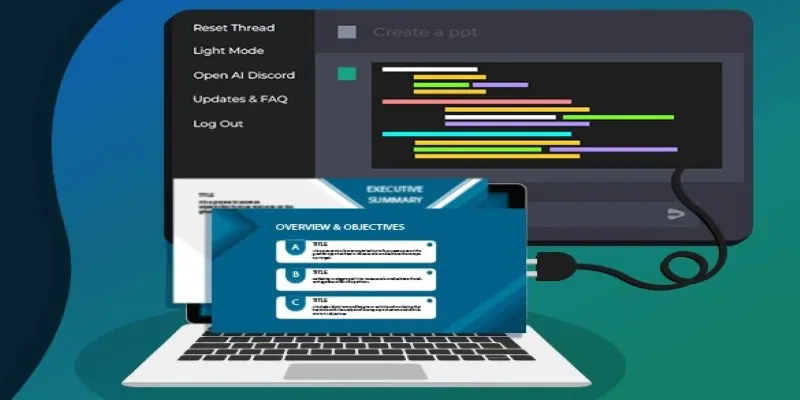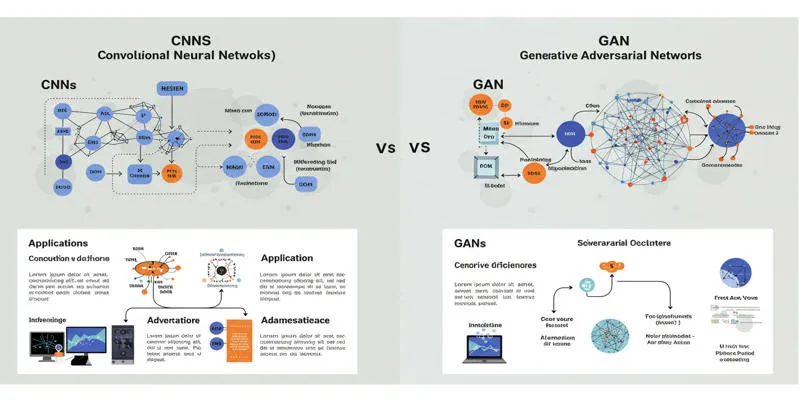Starting a project without a plan is challenging, and the same applies to software development. This is where Frameworks in Python come into play. They provide a structured foundation that accelerates development and ensures consistent practices. Whether you’re building a website, training a machine learning model, or analyzing massive datasets, frameworks can help you launch your project efficiently.
In this guide, we’ll explore what Python frameworks are, the various types available, and the most popular ones you should consider.
What Are Frameworks in Python?
A Python framework is a collection of modules and tools designed to simplify app development by providing reusable code patterns and components. Instead of starting from scratch, a framework offers reusable tools to handle common tasks like URL routing, data handling, or user authentication.
Think of a Python framework as scaffolding—it provides a foundation for your application, allowing you to build and customize as needed.
Key Characteristics of Python Frameworks
Most Python frameworks share these core features:
- Modularity: Code is organized into smaller, manageable modules.
- Reusability: Pre-built code can be reused across different parts of a project.
- Security: Frameworks often include protections against vulnerabilities like SQL injection and cross-site scripting.
- Community Support: Established frameworks have extensive documentation and active user communities.
- Scalability: Designed to scale from small projects to enterprise-level applications.
Types of Python Frameworks
Python frameworks cater to different development needs:
1. Full-Stack Frameworks

These frameworks offer everything you need, from frontend templates to backend database management. They include admin panels, user authentication systems, ORM (Object-Relational Mapping), and more.
Best For: Developers creating complex, full-featured web applications like e-commerce sites or content management systems.
2. Microframeworks
Microframeworks provide only the essential features needed to start a project. They’re lightweight, flexible, and ideal for developers who prefer adding components as needed.
Best For: Rapid prototyping, APIs, and small-scale web applications.
3. Asynchronous Frameworks
These frameworks are built for non-blocking operations and are ideal for real- time applications that handle high volumes of user requests simultaneously.
Best For: Chat applications, gaming platforms, real-time analytics, and any app requiring live updates.
4. Specialized Frameworks
Tailored for specific domains like machine learning, data science, or robotics, these frameworks provide powerful tools for their niche and are not intended for web development.
Best For: Data-intensive and computational tasks like training machine learning models or building data pipelines.
Benefits of Using Frameworks
Using a Python framework offers several advantages:
- Faster Development: Built-in modules reduce the code you need to write.
- Consistent Codebase: Standardized structure ensures consistency across teams and projects.
- Improved Security: Frameworks include features that protect against common web vulnerabilities.
- Easy Maintenance: Modular design simplifies updating or fixing parts of your application.
- Strong Ecosystem: Community-driven frameworks offer extensive documentation and third-party plugins.
Top 5 Python Frameworks
Here are some of the most popular Python frameworks today:
1. Django
Django is a high-level full-stack web framework known for its “batteries- included” philosophy. It covers everything, from database migrations to user authentication.
Why Use Django:
- Built-in admin dashboard
- Excellent documentation
- Secure by default
- Scalable for high-traffic websites
Best For: Medium to large-scale applications like news portals, social networks, and e-commerce platforms.
2. Flask
Flask is a microframework that provides the essentials to build a web app. It’s lightweight and unopinionated, giving developers more control over project structure.
Why Use Flask:
- Flexible and modular
- Easy to get started
- Ideal for REST APIs
- Works well with tools like SQLAlchemy and Jinja2
Best For: Developers who want more control or are building simple web apps and APIs.
3. Pyramid
Pyramid is a flexible framework that scales with your project. It’s minimal by design but can support complex applications with plugins and libraries.
Why Use Pyramid:
- High flexibility in project design
- Robust authentication and authorization tools
- Support for both small and large apps
- Integration with SQLAlchemy or ZODB
Best For: Developers seeking a balance between micro and full-stack features.
4. FastAPI

FastAPI is a modern, fast web framework for building APIs with Python 3.6+ and type hints. It leverages asynchronous programming and is based on Starlette and Pydantic.
Why Use FastAPI:
- Blazing-fast performance
- Auto-generated OpenAPI docs
- Great for async applications
- Built-in data validation with Pydantic
Best For: Developers creating scalable, high-performance APIs or microservices.
5. TensorFlow (Specialized Framework)
Although technically a machine learning library, TensorFlow functions as a framework due to its extensive ecosystem. It supports deep learning model creation, training, and deployment.
Why Use TensorFlow:
- Powerful for AI and ML projects
- Supports distributed computing
- Compatible with tools like Keras and TensorBoard
- Deployed across desktop, web, and mobile
Best For: Developers and data scientists working on machine learning, neural networks, and AI-powered applications.
Choosing the Right Framework
How do you choose the right framework? Consider these factors:
- Project Type: Is it a web app, an API, or a machine learning system?
- Team Size: Larger teams may benefit from Django’s structure, while solo developers might prefer Flask.
- Performance Needs: Real-time applications require async capabilities like those in FastAPI.
- Learning Curve: Beginners may find Flask approachable, while advanced users might prefer Django or Pyramid.
- Community and Resources: Choose frameworks with active development and community support for long-term success.
Conclusion
Python frameworks provide a solid foundation for building applications quickly, securely, and efficiently. Whether developing a robust web app with Django, a lightweight service with Flask, or diving into machine learning with TensorFlow, there’s a Python framework to match your needs.
By understanding what each framework offers—and its ideal use case—you can make informed decisions that lead to better, faster, and more scalable applications.
Looking to improve your Python skills? Explore a full-stack Python course to dive deeper into these frameworks and start building real-world projects today.
 zfn9
zfn9
